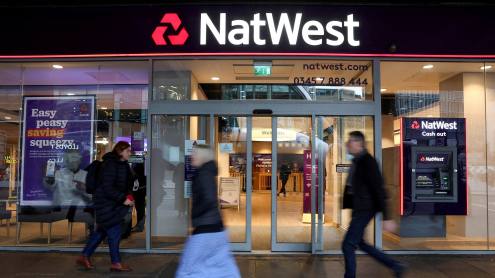A large chunk of the $700bn Troubled Asset Relief Programme (Tarp) had been allocated to swallow up the vast amount of illiquid debt sitting on banks balance sheets. The US government announced last month, however, that it had changed its mind.
US Treasury secretary Hank Paulson, who pioneered the plan and oversaw its unsteady progress through a belligerent Congress, said last month that the $410bn in uncommitted funds would be better spent on an expanded programme to recapitalise financial companies. In addition to that, Mr Paulson said the money would now be used to support markets for securities backed by consumer debts and prevent foreclosures, as capital injections offered a “more powerful” way to shore up the financial system.
The move sent the London Interbank Offered Rate (Libor), the key benchmark lending rate between banks, up two basis points to 2.15%. This marked the end of a 23-day decline in Libor and reflected a renewed nervousness between banks. “People are afraid that if the Treasury is not going to buy assets from banks under the Tarp, then banks will need more cash to fund their balance sheets,” said one analyst. “That explains why Libor has stopped falling and it looks as if the Treasury has ruined something that was working.”
Mr Paulson squashed speculation that the Tarp would now be used to bail out the US’s beleaguered car industry. “The intent of the Tarp was to deal with the financial industry,” he said.






